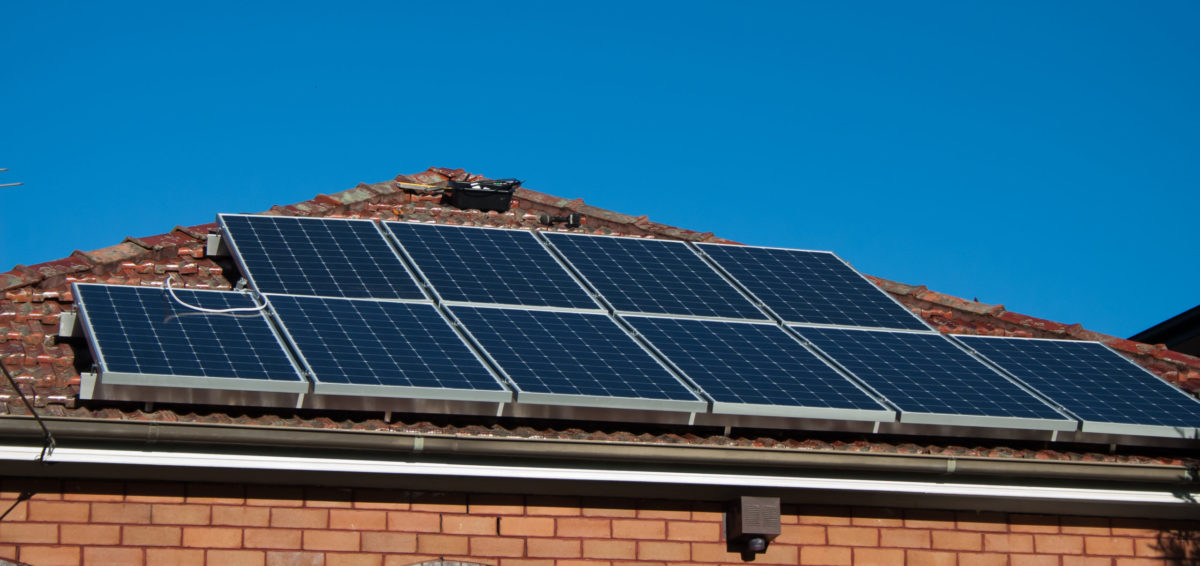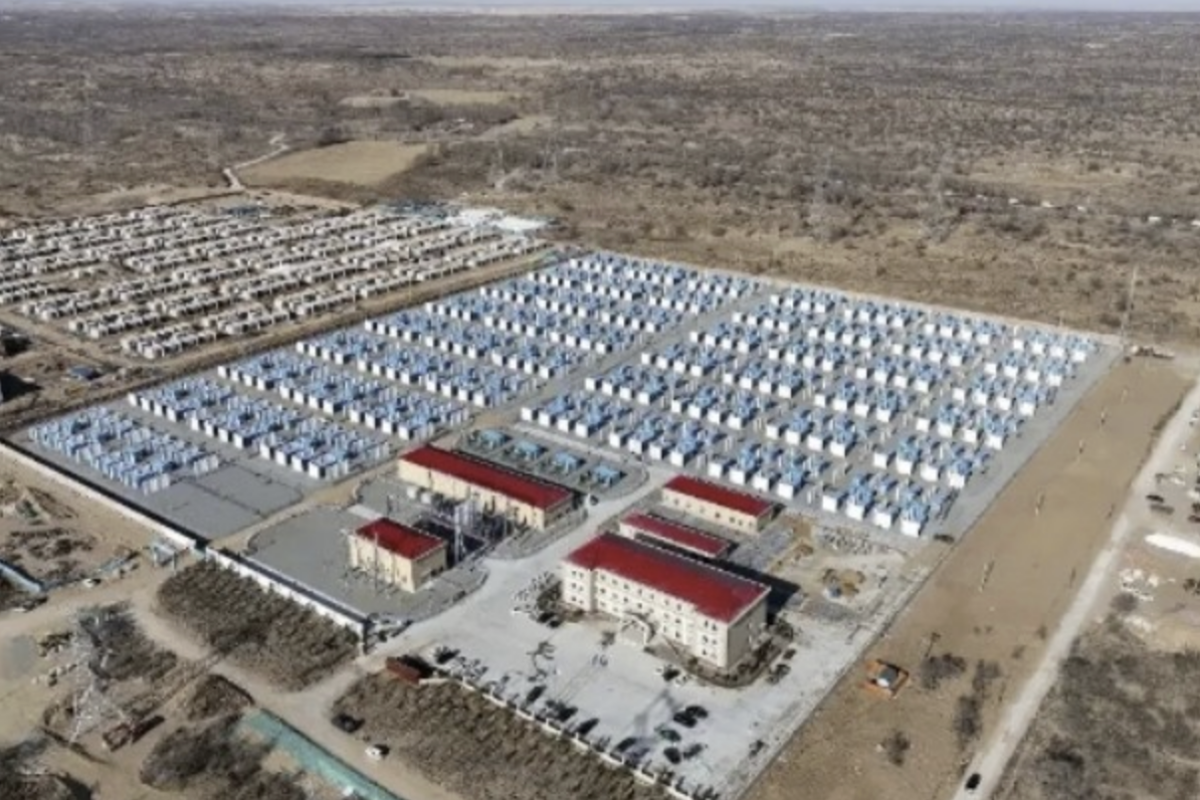A group of scientists at the University of Cordoba, in Spain, has developed a photovoltaic system design for hot water production that is claimed to use around 95% of the available energy it can generate.
The system consists of a 300-liter water tank with electric resistance, connected to a 1.6 kW photovoltaic system by means of a low-cost, experimental electronic conversion system. “It is a model that is versatile, sustainable and economical, which only produces a 5% energy loss,” said the research's main author, Luis Cámara-Díaz.
The system is equipped with maximum power point tracking (MPPT) as it must constantly operate at the maximum power point. “Without using inverters or batteries, which are more common in traditional solar photovoltaic installations, we have developed a low-cost electronic system capable of acting as an MPPT device,” the researchers explained. “Keeping a fixed reference voltage is the MPPT tracking method used.”
A microcontroller board keeps the reference voltage at the required levels and a metal-oxide-semiconductor field-effect transistor (MOSFET) conducts or cuts the current, depending on the voltage. “The reference voltage, determined by the control system, is equivalent to the maximum power point’s voltage resulting from the grouping of photovoltaic modules,” the academics further explained.
The proposed approach was tested on a PV system built with five JinkoSolar JKM330PP modules with a power output of 330 W each. The electrical heater to produce hot water has a nominal power of 3 kW and heating electrical resistance of 37.8 V. The solar panels were connected in series to reach a nominal operating voltage close to the electrical network voltage.
The system was found to reach water temperatures above 70 degrees Celsius and to cover around 85% of the annual sanitary hot water consumption of a household with six people. “The novelty introduced by this low-cost electronic system is that it is possible to convert the available photovoltaic energy into heat, regardless of whether the existing solar radiation level is high or low,” Cámara-Díaz stated.
The tested system also includes a water recirculation system to allow the input of cold water in the DHW tank, and simulated water consumption and water renovation inside the tank. It was presented in the paper A Cost-Effective and Efficient Electronic Design for Photovoltaic Systems for Solar Hot Water Production, published in Sustainability.
This content is protected by copyright and may not be reused. If you want to cooperate with us and would like to reuse some of our content, please contact: editors@pv-magazine.com.




Electrical resistance is not measured in volts.
Not really seeing a benefit here over a conventional inverter based system with a traditional hot water heater.
All that said why are we still using resistance heaters in water heaters when heat pumps are ~5x more efficient.
Greenlee, Can you provide any manufactures literature where they claim that their heat pump will be 5x more efficient than direct electric heaters when providing domestic hot water (at say 55C). In my experience heat pumps tend to only claim to be about 150% to 180% efficiency when operating at high temperatures?
The thing that’s “special” about this is that it cuts out the middle man – the DC to AC inverter. The MPPT system simply adjusts the voltage on the resistive element to maximize power output. I have designed such systems myself – known art, nothing magic.
As for heat pumps, yes, they give efficiency over 100%, but as @Ross A stated, for the high output temperature of a water heater the COP will be much less than 5 (basic physics)
COPheat pump = Thot/(Thot-Tcold) (degrees Kelvin)
So in this case it would probably be cheaper and more reliable to add more PC panels, if there’s room on the roof, than to use a heat pump.
The description of using a MOSFET, and of the heater resistance measured in volts, simply signal the technical ignorance of the university’s PR department.
Thermal solar is far more efficient and far cheaper.
Nothing new here.
What happens when the tank is heated by noon, and hours of potential energy are not harvested.
A grid tie system would harvest available Watt Hour, unlike this arrangement.
This is an over complex system. As at most the PV panels convert only 20 percent of the sunlight. Why have light to electrical to heat conversion introducing losses and complexity as you go? I have a evacuated tube solar collector with a 200l tank with an intermediate heat exchanger that can produce hot water at 70deg c easily. It uses a 10 w 12v solar powered pump in the primary collector circuit which has been in use 10 years so far without failure. The secondary circuit to the tank circulates by thermal convection gives a stratified tank with high temp water at the top of the tank and cold at the bottom. It is totally free at point of use and very simple. In the summer I have to dump heat to bathroom radiators as the water gets too hot. It seems that in a country like Spain what more is needed? I live in central France and I estimate the system is equivalent to around a half kilowatt plus electric heater but it runs all the day and even preheats the water on more overcast days.
Actually, using MOSFET’s is correct, I just made (last year) such systems myself, own design, both for 200-350V PV systems and 100-200V systems. My approach is for battery systems ; was using a PWM with adjustable point of work, just over the MP point, for the PWM to take over only when battery is full and the charger no longer works in MPPT mode and PV array voltage start rising, and a second feedback is taken from battery voltage, to heat water only when battery voltage is coming up to a set point, for example 54V for LiFePO4 batteries. The two modes are complementary, they can be used for different phylosophies of work, but in essence they do the same: dump only the excess energy to a boiler.
Most hot water heaters have 2 elements, mine has functioned with only 1 since I got it with the tempature set to very hot. I want to get some panels and put a 12v element in the second element spot and connect the panels without inverter or regulator, the 12v would run full time but would not be enough to heat the water fully heated but would be the keep warm setting and keep my on grid element from running as much and result in savings. I think if you look at the saving from not having to replace batteries and controllers or grid tie in systems it might be the best part solar cost efficiency you could get.
How can 1,6Kw PV sistem work on 3 Kw electric heater?
I would like to the technical details of the complete system for direct water heater which will heat up to 70degree centigrade.
I’ve been using that process since 2016 to heat water. Identical except it is modified to work in parallel with a charge controller to harvest excess PV power which is not being used to charge a battery. The power point voltage is fixed except for temperature thermal tracking. Any excess power will always raise the array voltage over power point. A voltage over the natural PV power point voltage causes power to be proportionately diverted until the array voltage drops back down to power point. This also allows me to prioritize loads by having different loads set to very slight differences in voltage. Lowest voltage gets priority. When the household water heater is up to temperature, When the laundry water heater in the detached garage senses a higher voltage, it takes over. Even both can be on if these is enough excess. My diverter also has arc interrupt that will turn off the element if it is on for more than 10ms for a set time. This mimics 50Hz and allows standard AC mechanical switches to be used without fear of damage. Heating elements can be daisy chained. Any successful solar system has to have excess capability in order to recover from bad days. That is more than you expect and can be used to heat water. One person using my board only has 650W of solar at his northern US camp and he easily heats water. When that is hot the upper thermostat type switches over to a space heater keeping the lithium battery warm when he is gone. These are cheap and easy to build. It only has two 8 pin IC’s. No proprietary micros or code. This can be repaired by anyone for the next 20 years.
Three questions, relating to practical aspects of the high-power electrical circuit:
1) I guess that there is an appreciable inductance in the heater coil and associated wires, so when the MOSFET turns off there will be a high voltage spike as the magnetic field collapses. Has that been measured, and are snubber components added to capture that energy and ensure high voltage spikes don’t damage components?
2) For the same reason there could be significant RF radiation.What measurements have been made of EMC behaviour? Would this pass CE regulations, for example?
3) There must be a high ripple current in the capacitor, which will heat it and potentially destroy it over time. What design has been applied to the choice of teh capacitor?